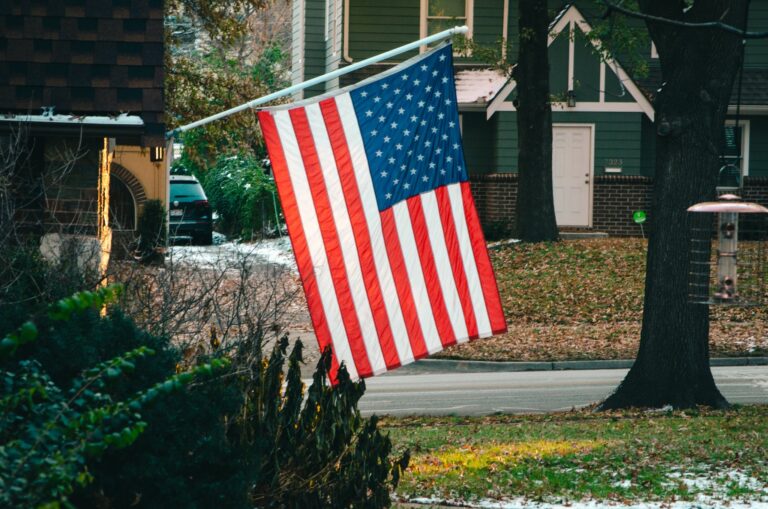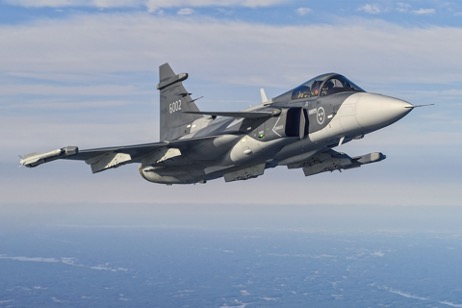The Case for cancelling both the new Frigate purchase and the National Ship Building Strategy.
In 2010, the Canadian government made a commitment to two of Canada’s largest Shipbuilding companies, Irving and Seaspan, to build and modernize Canada’s navy and Coast Guard. This was supposed to mean that Canada’s naval shipbuilding capability would become more modernized, with better technology and better equipment, which since, have benefited from billions of dollars in business. As a result, according to our government, they could build better ships more efficiently and cheaper. Thus creating jobs and providing The Royal Canadian Navy and the Canadian Coast Guard with much-needed new ships.
Is The National Shipbuilding Strategy helping restore our shipyards, rebuild our marine industry and create sustainable jobs? Probably. Is it providing the Royal Canadian Navy and Coast Guard with much needed ships? Well partially. Seaspan has done a much better job at building Coast Guard ships and meeting schedules, and reducing cost over runs. Irving, on the other hand, not so much.
We wonder how many of the new workers hired by Irving to build warships will be retired by the time Canada actually has new warships. Creating jobs is great. Creating jobs while putting billions of dollars in the pockets of a few super-rich while receiving nothing in return is just government taking care of their benefactors with our tax dollars.

Another problem with the National strategy is that it limited work to only a few shipyards. Why would we not open the contract s to any shipyard that can show capability to build ships. It has already been proven that Davie Shipyards, who have an excellent record, bringing the Astrix (naval Supply ship to reality on time and under budget. Yet they were not included in the governments chosen shipyards. Of course if the government is going to bias the work by limiting the builds to what they claim are high technology shipyards, making many shipyards disqualified not by ability but by limitations. If the ships themselves were smaller, more shipyards could build them. If funding two large shipyards is good for Canada’s economy wouldn’t funding several be better? Which brings us to the second part of this article.
Cancel the Type 26 Frigate Program
The British Type 26 Frigate is a multi-function single design concept that is supposed to create one ship that can do anything for anybody. Whatever Britain, Australia or Canada wants their Frigates to do, this ship will do it. In case this sounds familiar, the American F35 fighter jet was supposed to do the same thing for air forces.
For Britain, the ships s will conduct advanced anti-submarine warfare, support air defence and do general purpose operations. For Australia the ships will provide anti-submarine warfare, be globally deployable, support high intensity warfare, and humanitarian assistance, it will work independently or as a part of a task group.
For Canada
What does Canada need from $70 Billion worth of large Type 26 Frigates, that smaller 110 meter Corvette sized warship ship can’t do?
| Ship | Fincantieri Corvette | Gowind 2500 Corvette | Type 26 Frigate |
| Type | Multi-role Corvette | Corvette | Frigate |
| Tonnage | 3250 t | 3100 t | 6900 t |
| Length | 107 meters | 111 meters | 149.9 meters |
| Cost per ship | 4.6 billion for four Corvettes plus three other ships | 261, million CAD | 4.6 Billion EACH |
| Helicopter | NH90 | NH90 | Cyclone |
| Speed | 28 knt | 27 knt | 26 knt |
| Range | 1500 nm | 3700 nm | 7000 nm |
| CAPABILITY | |||
| ASW | Towed array sonar | Sonar Suite + towed array | towed array sonar |
| AAW | short range air defence VLS | Medium and long range air defence VLS | 48 VLS |
| ASurfW | VLS | VLS + Exocet | VLSSubmarine Defence |
| Submarine Defence | RAM anti-torpedo defence system | 2 X triple ASW torpedoes | 4 X ASW torpedoes |
| Crew | 98 | 65 | 180 |
| Extra (Special Forces) | 14 | 15 | 28 |
So, some questions
Question #1/
Why do Canada’s ships need 48 vertical missile launchers?
Under what scenario is a Canadian ship going to be attacked by 48 enemy aircraft, all at one time. Certainly, American ships could foresee such an attack. So unless these Canadian ships are going to be protecting American ships, or maybe British ships, they won’t see this scenario. But, in the job of protecting Canada it is highly unlikely. In addition, the Corvette sized ships carry 16 AAW missiles and since Canada could purchase many more of them. We could protect British or American ships with three of them should there be a need.
Question #2
70 Billion Dollars?
For the cost of one type 26 frigate Canada could buy ’17’ Gowind 2500, 110 meter Corvettes. ships, with all of the capabilities listed.
Question #3
When did Canada become a naval Superpower and why would we want to be one? Corvettes are good enough for both, other tier two countries and for naval powers: Greece, Egypt, China, India, South Korea, Indonesia, Japan, Italy, and a number of other countries.
Unlike larger ships, Corvettes are particularly useful in Littoral waters like archipelagoes such as Canada’s west coast, the Gulf of St Lawrence, the Labrador coast or Canada’s arctic.
Modern Corvettes are true fighting ships.
Question #4
7,000 nautical mile range sounds impressive, when the Corvettes can only go 1000 – 3,000 nm. But that is why Canada has Astrix, our new refueling ship. With the money saved from the new Frigate program we could build a couple more ships like Astrix, giving our Corvettes near unlimited range. Or, using just an iota of imagination, we could make the Corvettes just a little larger, (say five more meters, add more fuel and therefore have longer range.
Question #5
With the Canadian Navy already having a shortage of sailors, why would they build ships that each need a crew of 180 when they can crew 3 ships with the same complement. More smaller ships would also create a demand for more higher skilled specialist ranks as well as more officers, thus providing promotions, better pay and more fulfilling jobs.

So – Smaller, much cheaper, more rational, well equipped, more efficient ships, and more engaged personnel. And the downside is?




